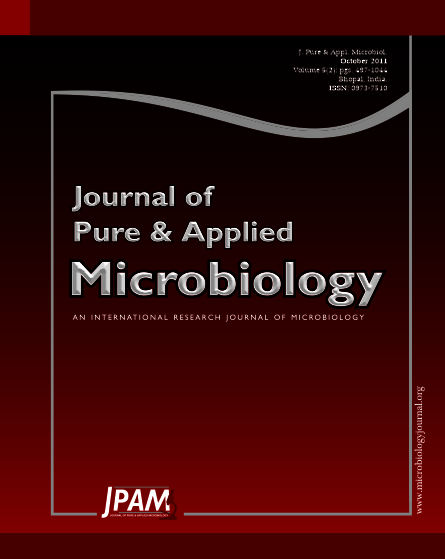In the present work chromium, arsenic and lead were selected as a model for heavy metal contamination. These metals were selected based on the fact that metal effluents are discharged from industries and they pollute the environment. The isolation of heavy metal tolerant bacteria was done from industrial wastewater, metal scraps and soil samples from the MIDC area of Nagpur. Four heavy metal tolerant isolates were screened and pure cultures were obtained. The detoxification study was done for different concentrations of Pb. The detoxification of Pb was carried out using three approaches. In first approach only heavy metal tolerant isolates were used for detoxification of heavy metals. In second approach, detoxification was done only by plant i.e. Cicer arietinum (chick pea) and finally in third approach, a combined detoxification was by both microbes and plants were performed. The metal analysis was done using Inductive coupled Plasma (ICP). This study concluded that the detoxification done by plants is more effective than that by microbes but the combination of both plants and microbial detoxification was the most effective. Thus this analysis has opened a new venture in the field of bioremediation strategies.
Heavy metals, Wastewater, Metal resistance, Bioremediation, Detoxification
© The Author(s) 2011. Open Access. This article is distributed under the terms of the Creative Commons Attribution 4.0 International License which permits unrestricted use, sharing, distribution, and reproduction in any medium, provided you give appropriate credit to the original author(s) and the source, provide a link to the Creative Commons license, and indicate if changes were made.


